Address
1st floor B Wing Dinath Terrace Lady Jamshedji Road Landmark : Opposite City Light Theatre, , Mahim, Mumbai, Maharashtra 400016
Work Hours
Mon to Sat: 3PM - 7PM
Overview | Treatment | Surgery | Precautions | After Surgery Care
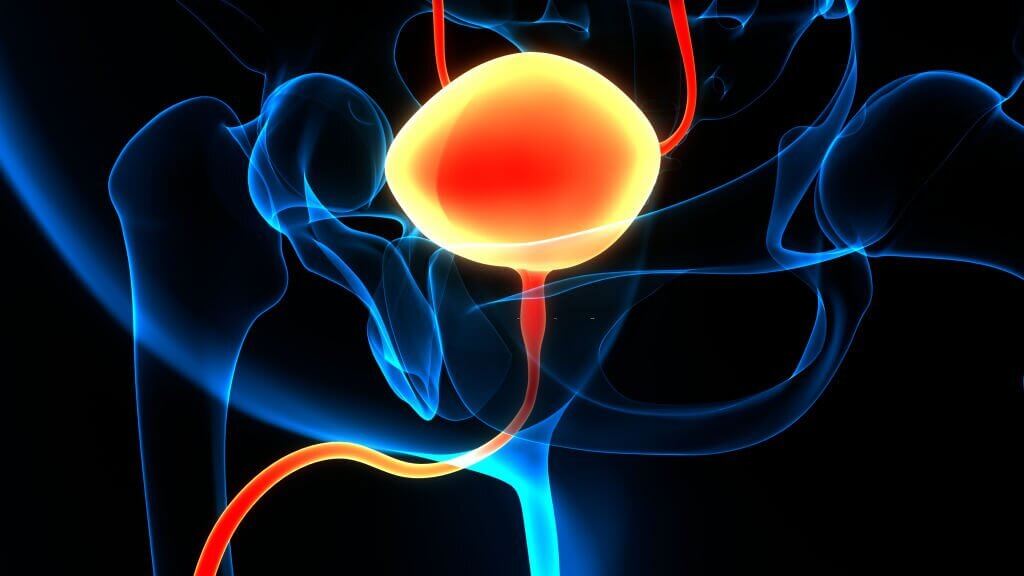
The prostate is a walnut-sized gland located underneath the bladder, in front of the rectum. It is just in front of the rectum. The urethra runs through the center of the prostate, from the bladder to the penis, letting urine flow out of the body. It plays an important role in the part of the male reproductive system that produces fluids that carry sperm. The prostate secretes fluid that nourishes and protects sperm. During ejaculation, the prostate squeezes this fluid into the urethra, and it’s expelled with sperm as semen.
It tends to grow larger as you get older. If your prostate gets too large, it can cause a number of health issues.
Surgery for partial or complete removal of the prostate is called a prostatectomy. The most common causes of prostate surgery are prostate cancer and an enlarged prostate, or benign prostatic hyperplasia (BPH).
Pretreatment education is the first step to making a decision about your treatment. The goal of your surgery is to:

Called benign prostatic hypertrophy or BPH, prostate growth affects virtually all men over 50. Symptoms of difficult urination tend to increase with age. Medicines or surgery can treat BPH.
Inflammation of the prostate, sometimes caused by infection. It is typically treated with antibiotics.
It’s the most common form of cancer in men (besides skin cancer), but only one in 41 men die from prostate cancer. Surgery, radiation, hormone therapy, and chemotherapy can be used to treat prostate cancer.
Around 25 per cent of men aged 55 years and over have a prostate condition. This increases to 50 per cent by the age of 70 years. Early stages of prostate disease may have no symptoms.
If you are a man and you are in your 50s or 60s, talk to your doctor about whether you need to have your prostate gland checked and, if so, how often. If you have a family history of prostate disease (or if you have particular concerns), talk to your doctor earlier about when prostate checks might be suitable for you.
Different people have different symptoms for prostate Problems. If you have any of the following symptoms, be sure to see your doctor right away
Prostate laser surgery primarily treats BPH without making any cuts outside of your body. Instead, your doctor will insert a fibre-optic scope through the tip of the penis and into your urethra. Then your doctor will remove prostate tissue that’s blocking urine flow.

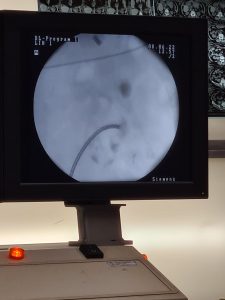
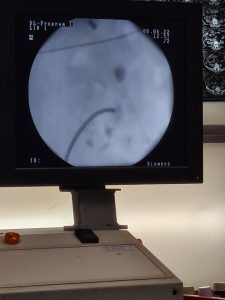

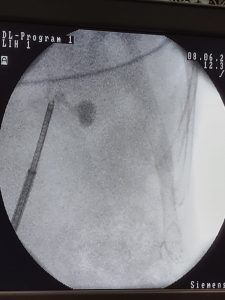
Similar to the laser surgery, endoscopic surgery doesn’t make any incisions. Your doctor will use a long, flexible tube with a light and lens to remove parts of the prostate gland. This tube goes through the tip of the penis and is considered less invasive.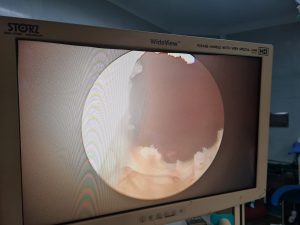
Transurethral resection of the prostate (TURP) for BPH: TURP is the standard procedure for BPH. A urologist will cut pieces of your enlarged prostate tissue with a wire loop. The tissue pieces will go into the bladder and flush out at the end of the procedure.
Transurethral incision of the prostate (TUIP): This surgical procedure consists of a few small cuts in the prostate and bladder neck to widen the urethra. Some urologists believe that TUIP has a lower risk for side effects than TURP.

The goal of prostate surgery also depends on your condition. For example, the goal of prostate cancer surgery is to remove cancerous tissue or to remove prostate tissue and restore the normal flow of urine.
It is also known as a traditional open surgery or an open approach. An incision through your skin removes the prostate and nearby tissues.
Radical retropubic: Your surgeon will make the cut from your belly button to your pubic bone. In most cases, your surgeon will remove only the prostate. But if they suspect cancer may have spread, they will remove some lymph nodes for testing. Your surgeon may not continue the surgery if they discover that cancer has spread.
Radical perineal approach: Your surgeon will make a cut in the space between the rectum and scrotum. This is often done when you have other medical conditions that complicate retropubic surgery. In this position, your surgeon can’t remove the lymph nodes. This surgery takes less time than retropubic surgery, but there is a higher risk of erectile dysfunction.
For both approaches, you can be under general anaesthesia or spinal or epidural anaesthesia.
Laparoscopic surgery is a minimally invasive approach to prostate surgery. There are two main approaches for this kind of procedure as well:
Laparoscopic radical prostatectomy: This surgery requires multiple tiny cuts so the surgeon can insert small surgical instruments. Your surgeon will use a thin tube with a camera to see into the area.
Robotic-assisted laparoscopic radical prostatectomy: Some surgeries include a robotic interface. With this type of surgery, the surgeon sits in an operating room and directs a robotic arm while viewing a computer monitor. A robotic arm may provide more manoeuvrability and precision than the other procedures.
Prostate disease is diagnosed using a variety of tests, including:
Before you wake up from the surgery, the surgeon will place a catheter into your penis to help drain your bladder. The catheter needs to stay in for one to two weeks. You may need to stay in the hospital for a few days, but generally, you can go home after 24 hours. Your doctor or nurse will also give you instructions on how to handle your catheter and care for your surgical site.
A healthcare worker will remove the catheter when ready and you’ll be able to urinate on your own.
Whatever type of surgery you had, the incision site will probably be sore for a few days. You may also experience:
These symptoms are normal for a few days to a few weeks after recovery. Your recovery time will depend on the type and length of surgery, your overall health, and whether you follow your doctor’s instructions. You may be advised to decrease activity levels, including sex.
Treatment for prostatitis may include antibacterial drugs and supportive treatments, depending on the type of prostatitis.
Treatment for BPH may include medications to relax the smooth muscle of the gland or to shrink the size of the prostate, and surgery to produce a permanently widened channel in the part of the urethra that passes through the prostate.
Treatment for prostate cancer is tailored to suit individual circumstances. The nature of the cancer, other health problems the person may have, and their wishes will all be taken into account.
Management approaches for prostate cancer include:
Dr. Utture is Outstanding Doctor who gave good treatment to my 75 years old mother who was suffering from Kidney problem and stomach ache since last 3 years.
Thanks to Dr. Utture
Regards
I have been treated by Dr Anand Utture for multiple kidney stones.He is very knowledgeable, gives right advice, easily approachable and explains in simple language the problem and course of treatment.Takes special care of his patients, truly dedicated doctor
Extremely grateful to Dr Anand Utture for his timely and accurate diagnosis for treating my mother (81 years) for her kidney stones.
very experienced urologist & has done correct diagnosis & treatment of My Grandmother(81 yrs) for kidney stones.








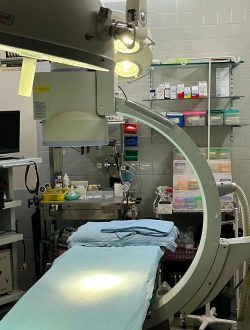



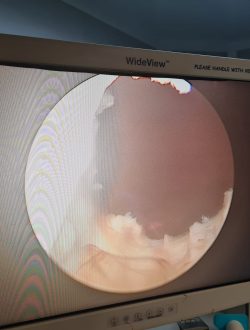

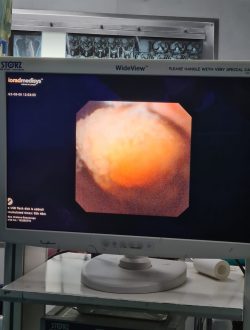
Dr Anand Utture is a Senior Urologist who is internationally recognized for his surgical expertise and academic contribution to the field of Urology, in particular, the sub-specialised field of Flexible ureteroscopy with Laser which is the latest & most advanced technology with the highest success rate for the treatment of kidney stones in the world
Book AppointmentMake an appointment with your doctor if you have any signs and symptoms that worry you.
Seek immediate medical attention if you experience:

